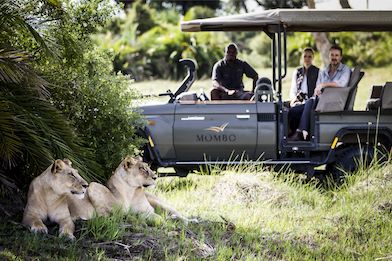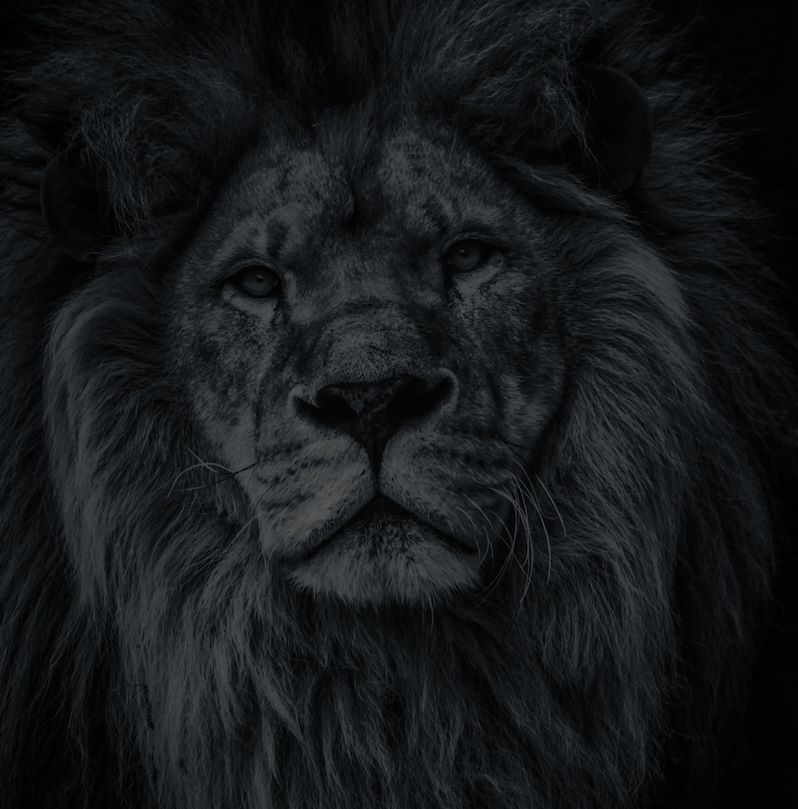Linkwasha
Spotlight On Linkwasha – Hwange National Park
Our Collective
Tao Varty
6/9/2025
Have you been on safari in Zimbabwe yet?

Wilderness Linkwasha highlights
A sensory safari
What makes Hwange National Park so special
Key bird species in Hwange
Best time of day in camp
Essential items to pack for your safari
Wilderness Linkwasha's underground hide
Some favourite areas around the concession
Décor, design, and dining on safari
Different seasons in Hwange
Best time to visit Hwange
Wilderness Impact work in Zimbabwe
Linkwasha accommodation and facilities
Our Wilderness Linkwasha staff
Why choose Wilderness Linkwasha
More to discover

The benefits of a Botswana green season safari
Green season is a time of rejuvenation in Botswana’s wild areas. Learn more here about the benefits ...
Read moreTao Varty
04.07.2025

The Hoanib – Linear Oasis of the Namib
Ephemeral rivers are seasonal but sustain wildlife in dry area. Learn about Hoanib River formation. ...
Read moreMartin Benadie
30.06.2025

Spotlight on Mombo "The Mother of all Camps"
There’s an unparalleled culture of seven-star hospitality where everyone knows your name.
Read moreMelissa Siebert
19.06.2025

Wilderness Chitabe’s sustainable Okavango Delta safari
Discover Wilderness Chitabe’s blend of eco-luxury, conservation, and community in its approach to su...
Read moreMerryn Haller
09.05.2025

7 reasons Wilderness Chitabe offers an exceptional Okavango safari
Dig deeper into what makes Chitabe one of the best safari camps in Botswana for predator sightings a...
Read moreMerryn Haller
08.05.2025

Let’s plan your next journey
Ready?
When we say we’re there every step of the way, we mean it, literally. From planning the perfect circuit, to private inter-camp transfers on Wilderness Air, and easing you through Customs. We’re with you on the ground, at your side, 24-7, from start to finish. Ready to take the road less travelled? Contact our Travel Designers to plan an unforgettable journey.




